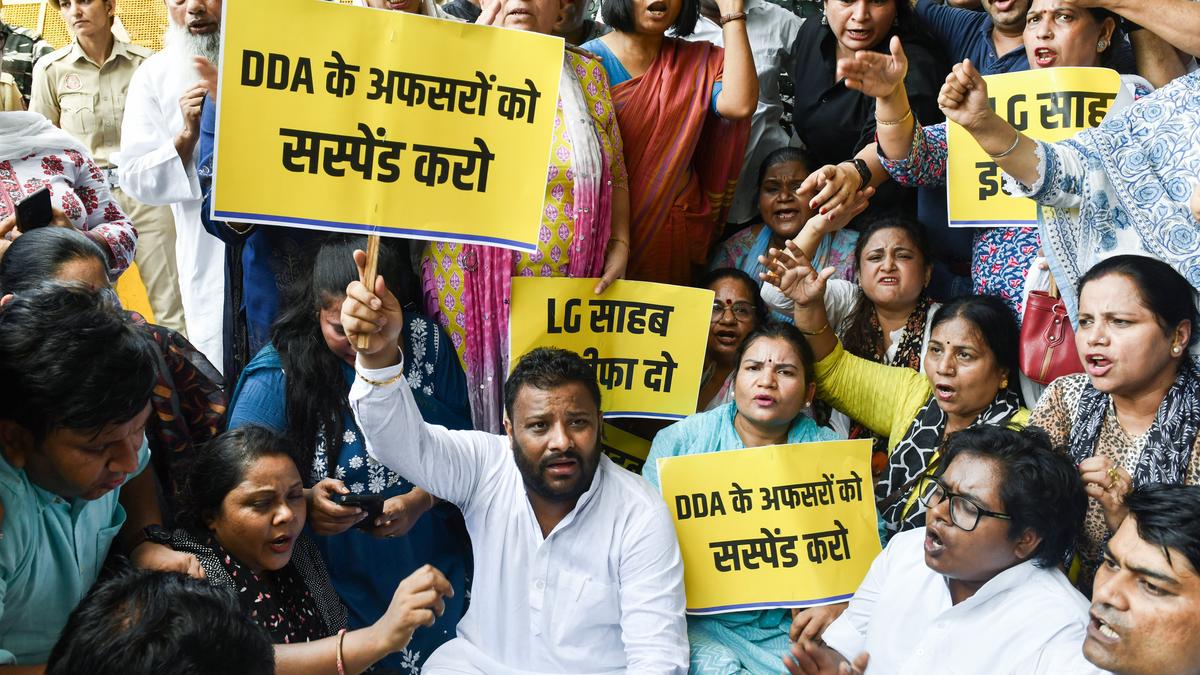
An overview of governance in Delhi | Explained
The Hindu
Friction between Union, Delhi, and local governments in Delhi over governance powers, leading to Supreme Court interventions and recommendations.
The story so far: The Supreme Court has ruled that the Lieutenant Governor (LG) of the National Capital Territory (NCT) of Delhi can nominate 10 aldermen to the Municipal Corporation of Delhi (MCD) on his own without the aid and advice of its council of ministers. This has added to the friction between the Union government, the Delhi government and the local government.
Also Read: Supreme Court to deliver verdict on L-G’s power to appoint aldermen to Municipal Corporation of Delhi
At the time of the commencement of the Constitution in 1950, Delhi was a Part C State. During the States reorganisation carried out in 1956, it was made a Union Territory to be governed by an administrator. The MCD was established in 1958, and a limited local government was established since 1966. Subsequently, as per the recommendations of the Balakrishnan committee (1989), the Constitution through the 69th amendment (1991) provided for a Legislative Assembly and council of ministers for the NCT of Delhi. However, the subjects of public order, police and land were excluded from the Delhi government; the Union government has control over them. The Government of NCT of Delhi Act, 1991 contains the detailed provisions relating to its legislature, executive and administration.
Also Read: Under overlords: On Centre-Delhi government relations
Since 2015, the Union government led by the Bharatiya Janata Party (BJP) and the Delhi government led by Aam Aadmi Party (AAP) have been at loggerheads on various issues. While political differences play a pivotal role in such conflicts, there are also important legal angles. The judgments of the Supreme Court have resulted in amendments to the Government of NCT of Delhi Act that have curtailed the powers of the elected government in Delhi. A brief summary of these developments in the last decade is provided in the Table below.
Apart from the issues between the Union and the Delhi government, the MCD with its elected representatives add another dimension to the problem as was witnessed in the recent unfortunate loss of lives due to electrocution and flooding in Delhi. The public at large witnessed the shifting of blame between elected representatives at all three levels.
As part of its judgment in 2023, the Supreme Court mentioned that there is a triple chain of accountability in a democracy. The officials are accountable to the ministers; the council of ministers are collectively responsible to the legislative assembly; and the legislative assembly members are accountable to the people. The constant tussle between various layers of government ruptures such a chain of accountability.













